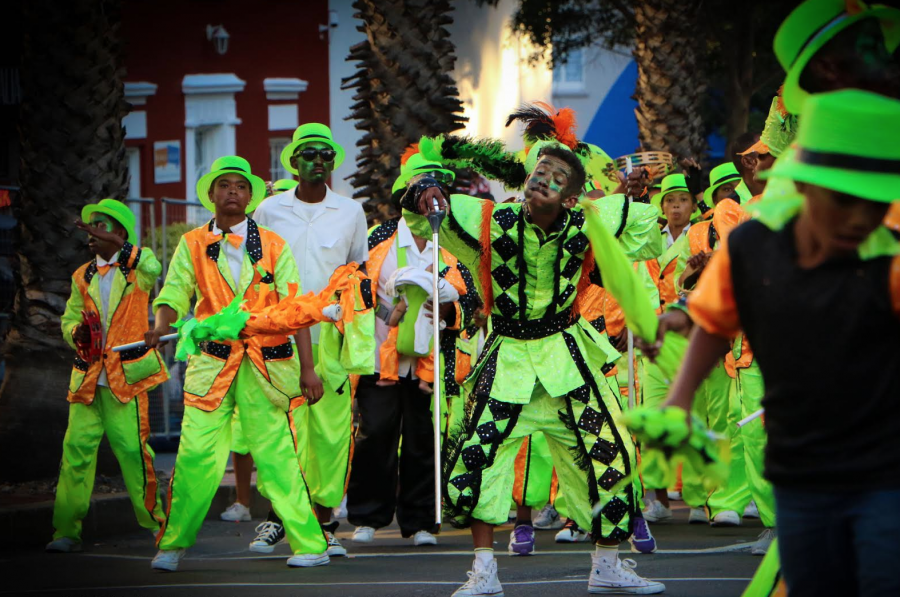
The Carnival of the Year Hits Cape Town – PICTURES
Cape Town city was flooded with tens of thousands of people on Saturday, as the Cape Minstrels – or the Kaapse Klopse – took to the streets in one of the best and, surprisingly, least-known carnivals around. Tweede Nuwe Jaar, or Second New Year, is held on 2 January every year and was started by […]
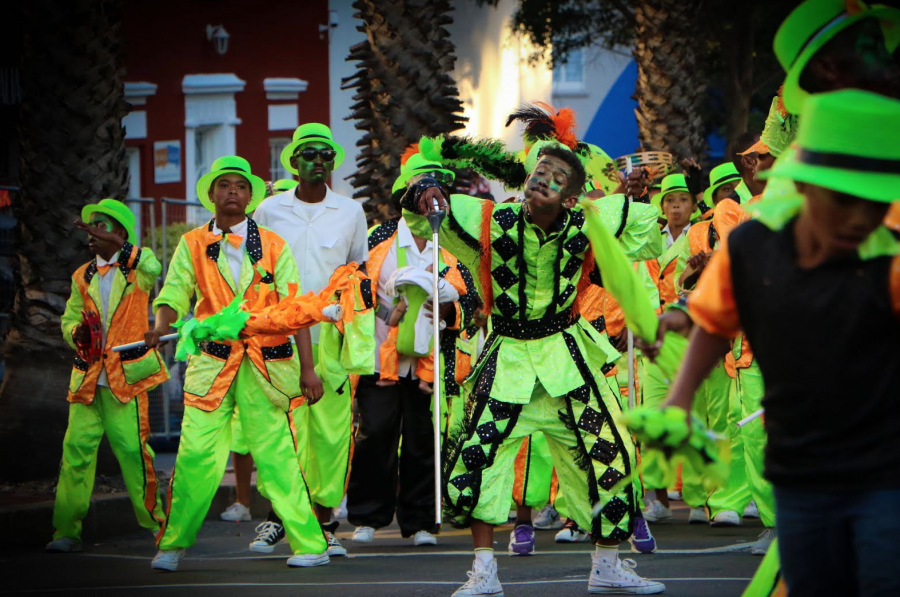
Cape Town city was flooded with tens of thousands of people on Saturday, as the Cape Minstrels – or the Kaapse Klopse – took to the streets in one of the best and, surprisingly, least-known carnivals around.
Tweede Nuwe Jaar, or Second New Year, is held on 2 January every year and was started by slaves at the Cape of Good Hope who were given off the day after their masters had celebrated their own New Year.
Everyone wants to have a picture taken with a minstrel or two.
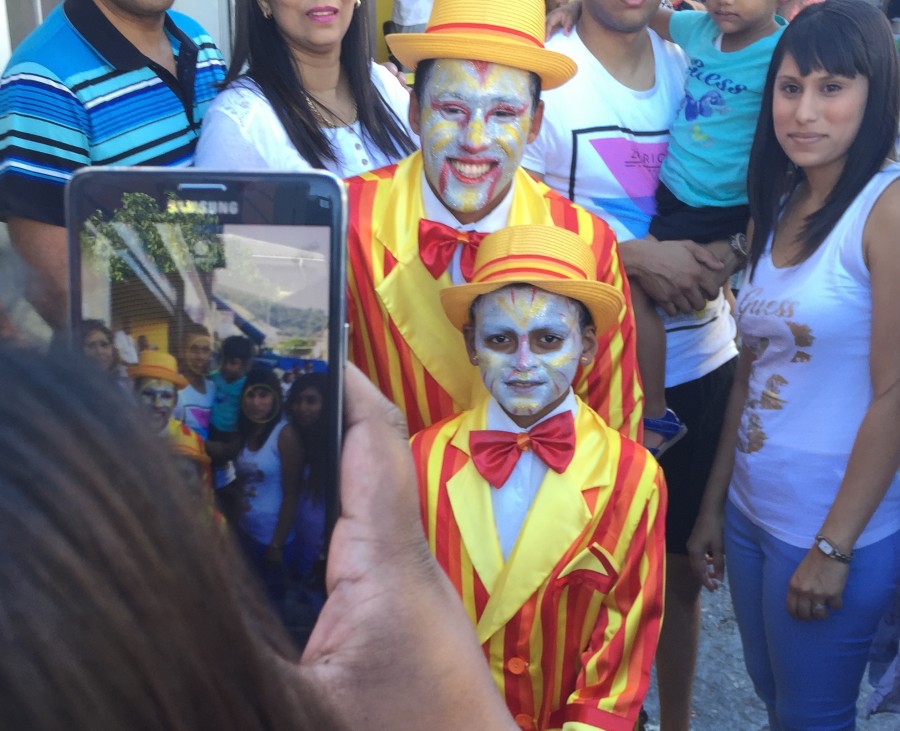
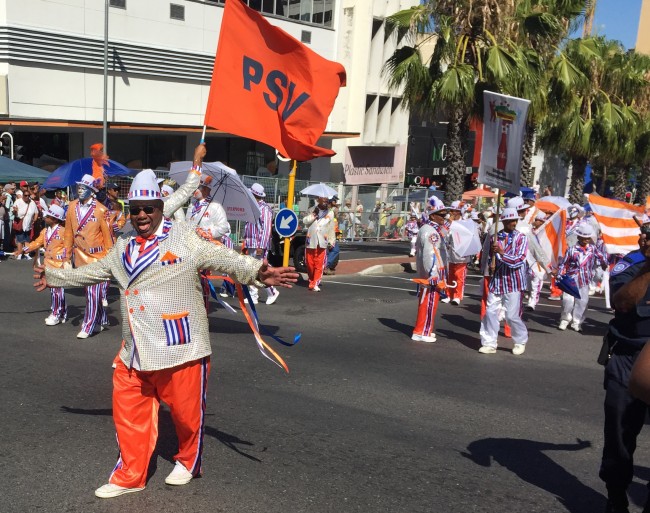
The minstrels come in all ages and sizes, and all seem to have loads of fun.

The carnival carried on into the night.
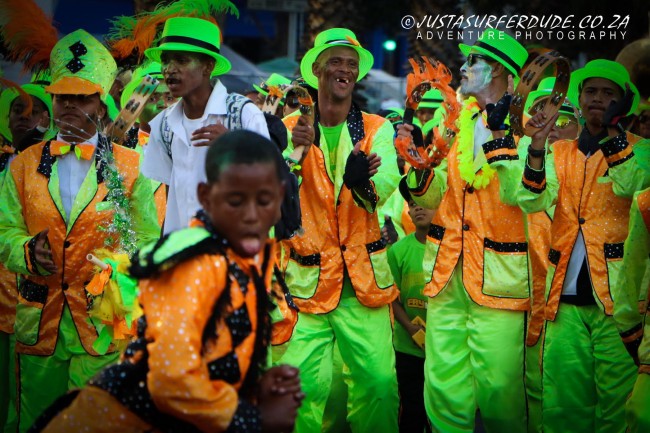
Sixty troupes, with as many as 1,200 members each, and from places like Manenberg and Mitchells Plain and Hanover, spend months putting together their outfits and then on the parade morning make up their faces elaborately with paint and glitter.
Tens of thousands of people set up viewing spots alongside the route from Friday night, camping out in tents and with sleeping bags in order to get a good position. The route began in Woodstock and then followed Darling Street, past the Castle and the Grand Parade, and then turning into Adderley Street to follow Strand Street up to the Bo-Kaap.
A special part of this year’s parade was that it was kicked off by opening speeches at the Castle, the oldest building in South Africa and the first emblem of white settlement at the Cape of Good Hope, which is celebrating its 350th anniversary this year.
The speeches were led by Cape Town mayor Patricia de Lille.
In the Bo-Kaap, where the parade ended on Saturday night, dozens of stalls had been set up selling everything from samosas to chili bites to koeksisters and pies.
Watch the D6 Hanover Minstrels, one of the 60 troupes that snaked through the city, playing their brass instruments, blowing whistles and sharing some great spirit:
Perhaps the most famous of the bands, The Pennsylvanians.
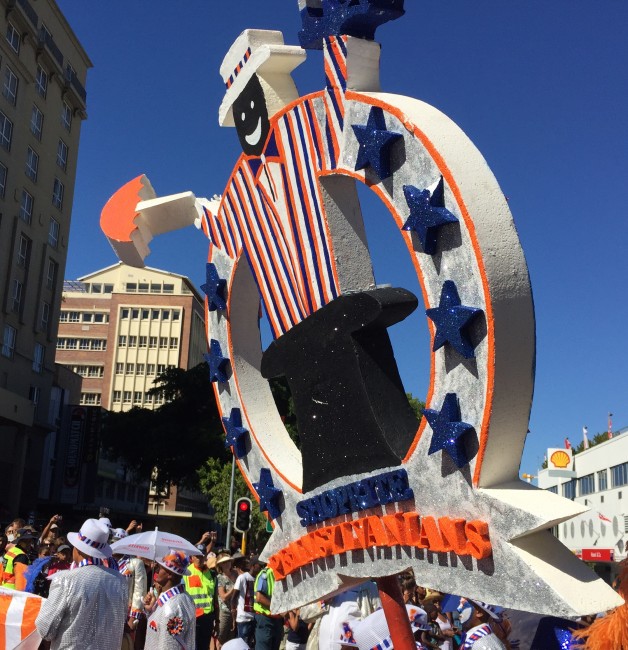
People gathered on Wale Street at the entry to the Bo-Kaap, one of the few places where spectators did not have to watch from behind barricades.
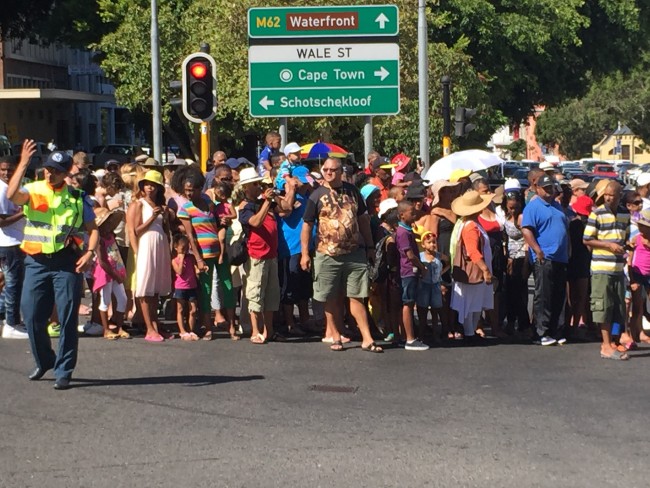
Dozens of roadside stalls sold boerewors rolls, samosas, koeksusters and pies.
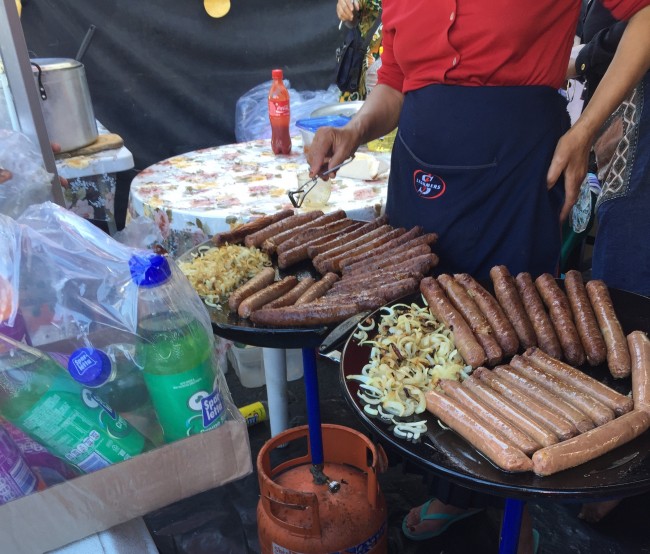
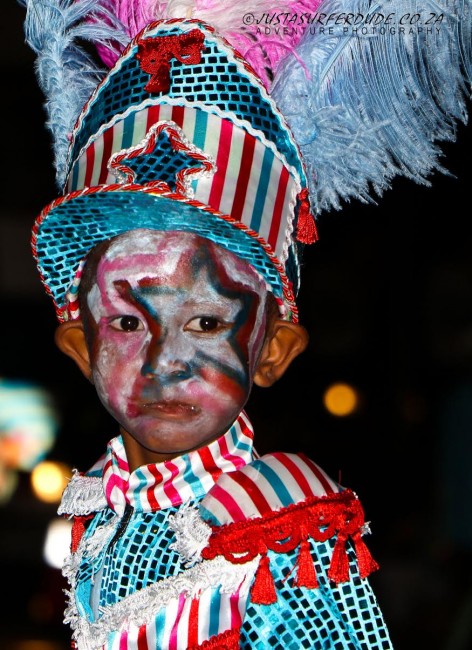
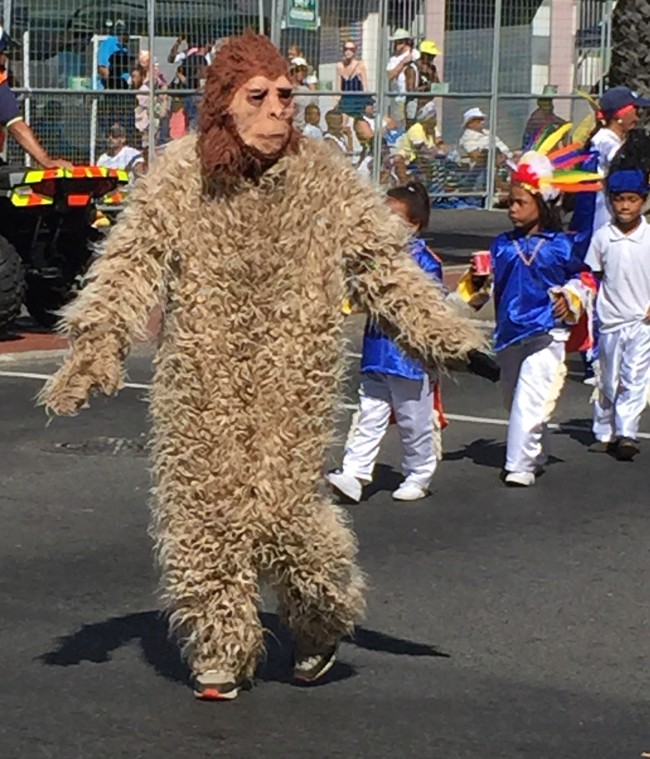
Heading into Rose Street, in the Bo-Kaap, the end point of the parade.
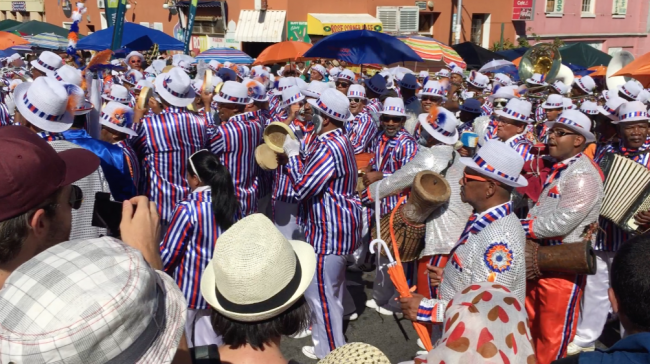
As the muezzin called people to prayer at the nearby Auwal Masjid mosque in the Bo-Kaap (built in 1794, when slavery was at its height at the Cape), the parade stopped for a few minutes.
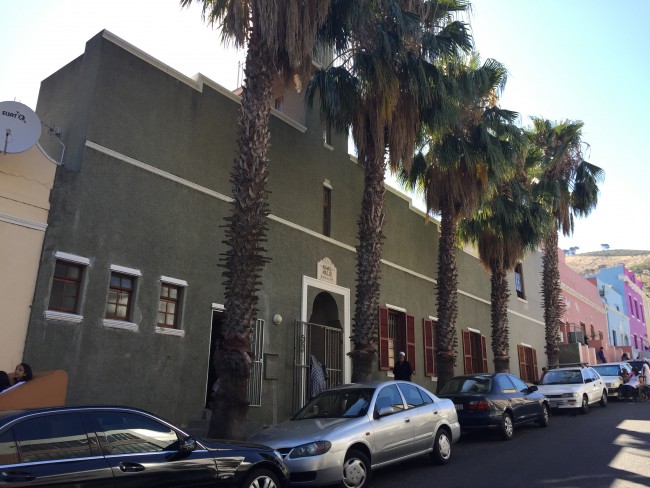
Minstrels paint their faces in every style from the sinister …
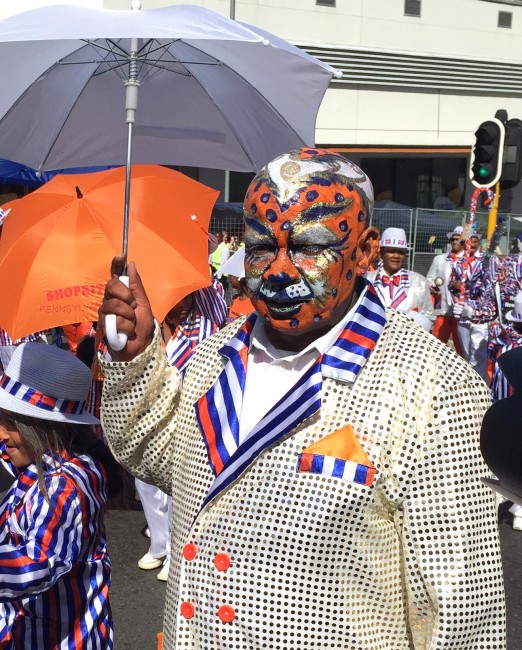
… to the benign, moods for all.
